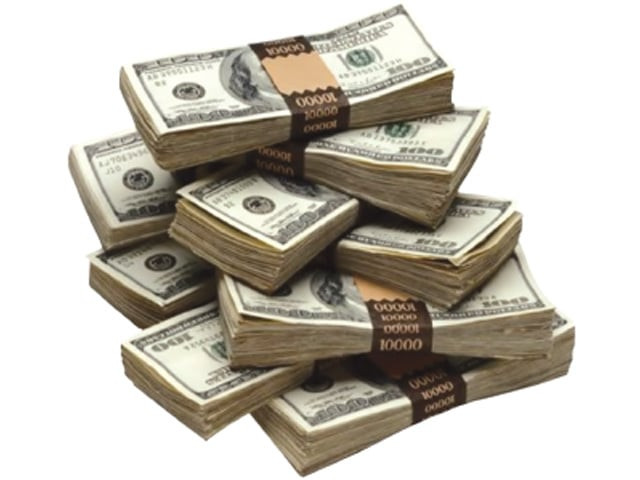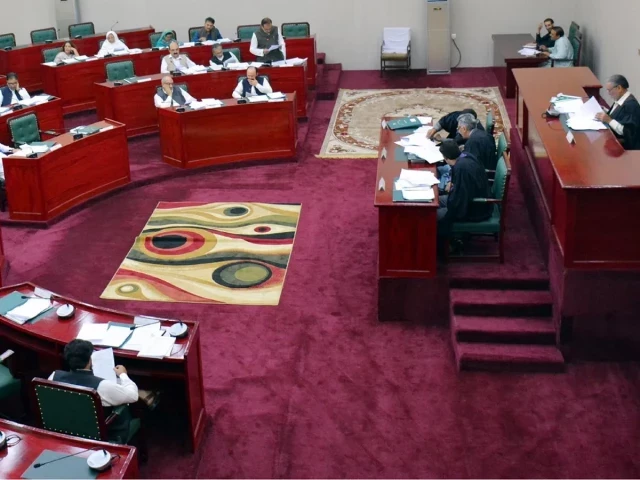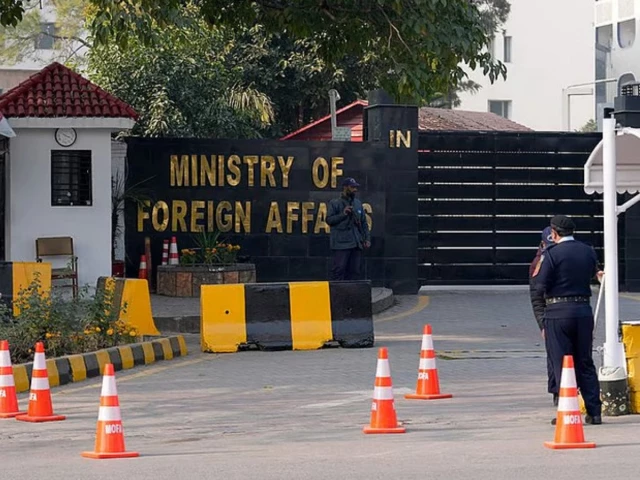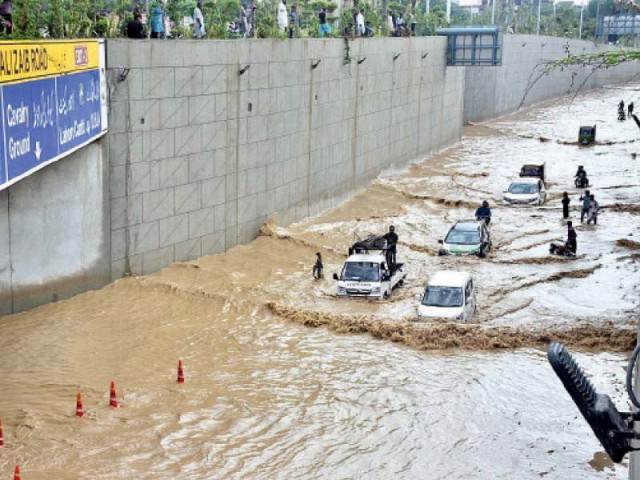Understanding Pakistan’s Currency Dynamics: The Rupee and Economic Challenges
In recent discussions, the State Bank of Pakistan (SBP) has acknowledged the impact of its substantial dollar purchases on the local currency, admitting that its nearly $8 billion in interventions have been keeping the rupee weaker than desired. With the current US dollar-rupee exchange rate hovering around Rs282, the question arises: what does this mean for Pakistan’s economy?
Dr. Inayat Hussain, the acting Deputy Governor of the SBP, noted that while stopping these dollar purchases could strengthen the rupee, it might lead to higher imports, which—if not managed carefully—can create strains on the external sector. Critics argue that the central bank’s actions contradict the free-market principles usually promoted by international institutions like the IMF.
Recent statements from Deputy Prime Minister Ishaq Dar suggest that the rupee should ideally trade around Rs260 based on economic fundamentals. So why is it lagging? The disparity between the ideal and actual rates primarily stems from the SBP’s efforts to stabilize reserves. Dr. Hussain pointed out that these dollar purchases have improved the quality of foreign exchange reserves, transitioning from reliance on foreign loans to bolstering reserves through local market transactions.
Interestingly, market insights indicate that traders view the rupee’s fair value to be between Rs250 and Rs260. By maintaining a rate close to Rs282, some believe the SBP is inadvertently fueling inflation. The SBP has articulated that the current rate is "fair," but future adjustments will largely depend on foreign exchange availability and import volumes.
Economic forecasts are cautious, with projected growth stalling around 3.25%, well below the government’s target of 4.2%. Inflation remains a concern too, with expectations of it rising temporarily past the 7% mark, driven by various factors including gas price hikes and environmental impacts. The SBP has indicated that interest rates will need to remain stable to keep inflation in check, signaling a careful balancing act ahead.
In another dynamic, the Federal Board of Revenue (FBR) has embarked on restructuring tax measures, particularly concerning sales tax in the newly merged districts of Khyber-Pakhtunkhwa. This has sparked discussions among trade bodies and political leaders, reinforcing the importance of navigating fiscal policies while maintaining economic stability.
With these nuanced developments in mind, it’s clear that Pakistan’s economic landscape requires close attention and informed decision-making. Whether you’re engaged in business, investment, or simply trying to understand the economic indicators, staying updated is essential. For more insights and resources on economic trends, don’t hesitate to explore what Pro21st has to offer. Connecting with a community that shares knowledge can empower your understanding and decisions in these evolving times.
At Pro21st, we believe in sharing updates that matter.
Stay connected for more real conversations, fresh insights, and 21st-century perspectives.





